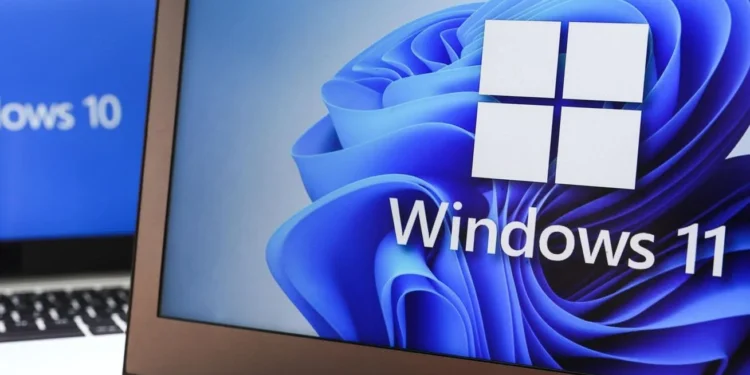The digital landscape is evolving, and with it, the frequency and sophistication of cybersecurity threats are increasing. A stark reminder of this reality has emerged with a new warning from the U.S. government, emphasizing the urgent need for Microsoft Windows users to update their systems within the next ten days. This directive follows the discovery of a previously unknown vulnerability, CVE-2024-43573, described as an “unspecified spoofing vulnerability which can lead to a loss of confidentiality.”
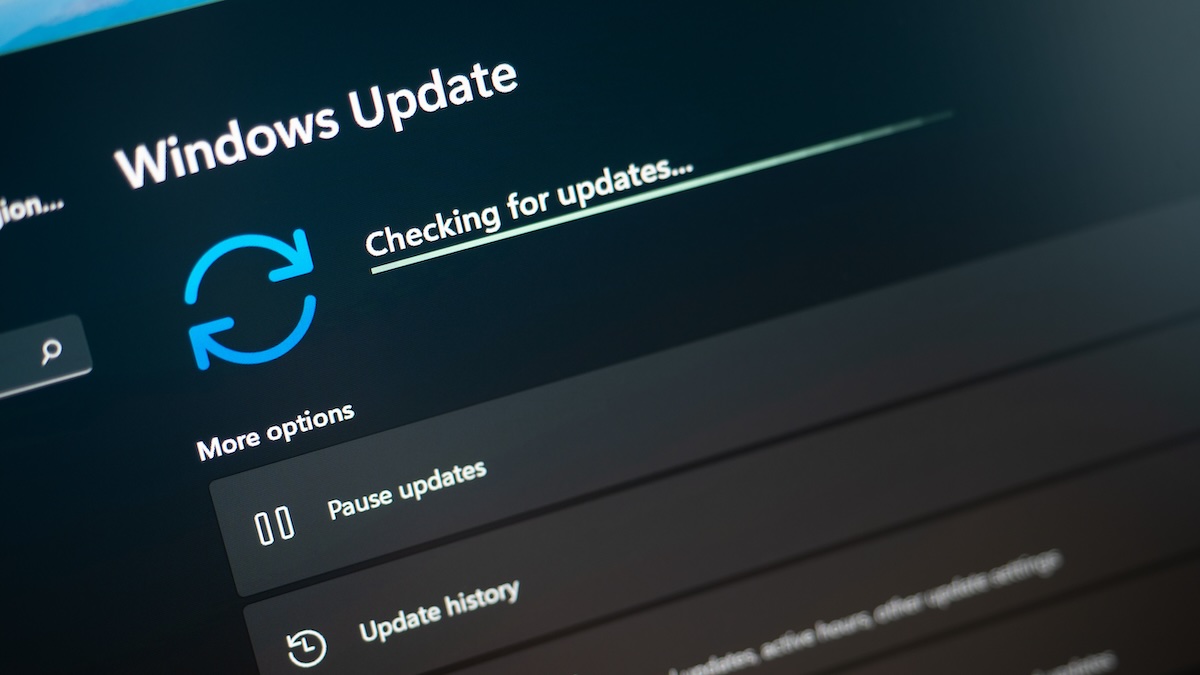
Heightened Risks and Government Directives
This latest security flaw has exposed a significant percentage of Windows devices, making them fully susceptible to potential takeovers by attackers. The vulnerability taps into old code layers within modern Windows systems, revealing that even the most recent updates can leave critical gaps in security. The U.S. Cybersecurity & Infrastructure Security Agency (CISA) has not only mandated federal employees but also advised the wider cybersecurity community to apply necessary mitigations per vendor instructions or to discontinue the use of vulnerable products if no mitigations are available.
“The immediate response required cannot be overstated,” a recent update noted. “With the proliferation of cyber threats, staying updated is not just advisable; it is imperative.”
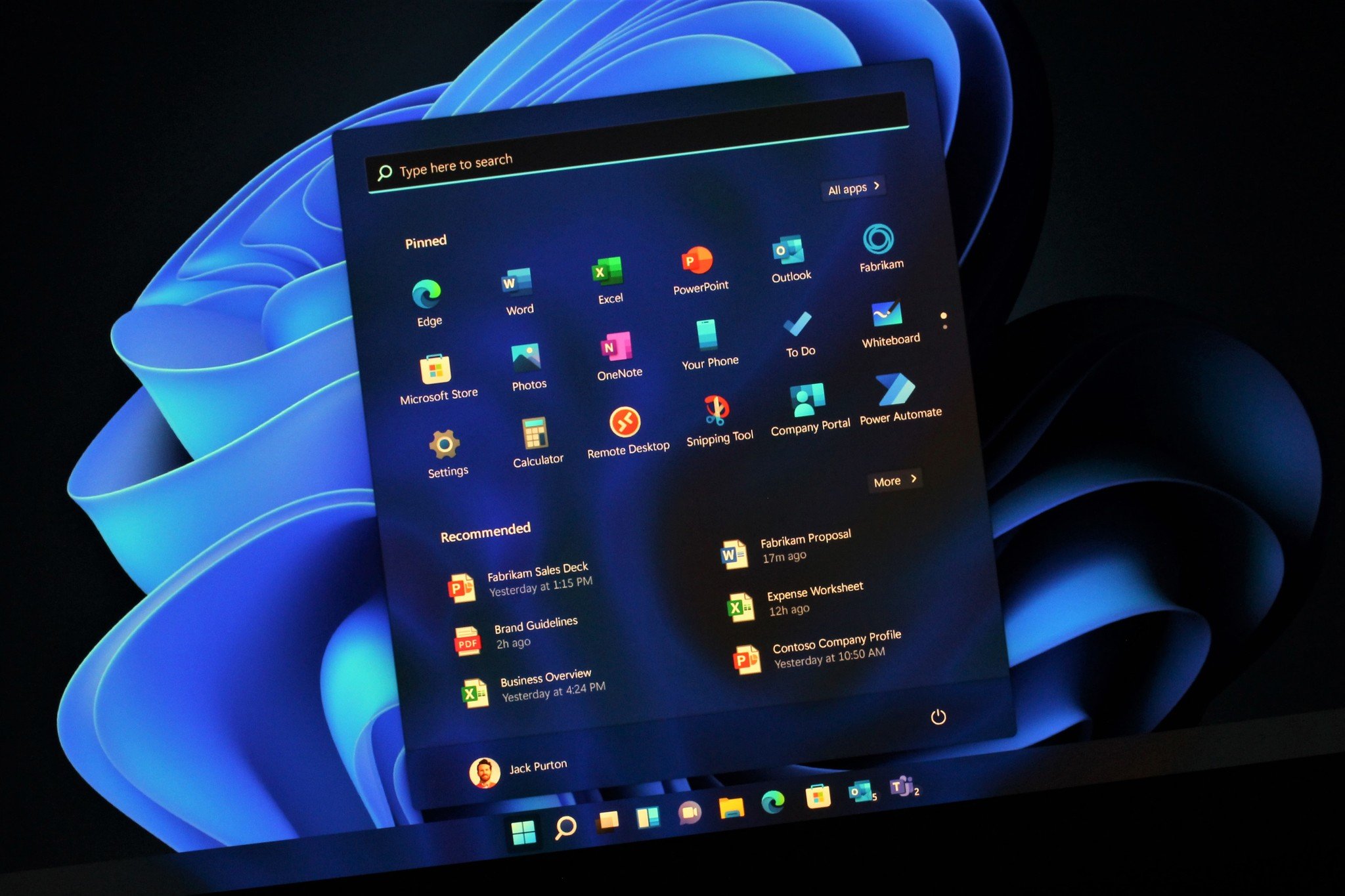
Windows 10 and Legacy Systems at Risk
The timing of this warning is particularly critical for the 900 million users of Windows 10, who are now less than a year from the end-of-life deadline for their operating system version, meaning they will no longer receive updates and support. Furthermore, approximately 50 million users are on even older legacy versions of Windows, placing their systems at an increased risk of cyber attacks.
Continuous Exploitation and the MSHTML Threat
The spotlight once again falls on the MSHTML component—a Windows Internet Shortcut file that leverages the now-retired Internet Explorer to navigate to potentially harmful URLs. This method has been exploited repeatedly, with attackers gaining substantial leverage to exploit vulnerabilities within the system, despite the system running on the more secure modern Windows 10/11 platforms.
Notably, the first vulnerability linked to this series of exploits, CVE-2024-38112, was initially disclosed in July and attributed to the activities of the APT group Void Banshee. Subsequently, another vulnerability, CVE-2024-43461, was added to CISA’s Known Exploited Vulnerability (KEV) catalogue in September, noted for being exploited in conjunction with the July vulnerability.

Patching and Prevention
According to Trend Micro, the vulnerabilities share similarities, suggesting that the patches released may not have been entirely effective in neutralizing the threat. This revelation underscores the critical need for all Windows users to ensure that they apply the latest updates immediately to safeguard against these ongoing threats.
“Test and deploy this update quickly,” warns Trend Micro. “Do not ignore this.” Such statements highlight the severity of the situation and the importance of rapid compliance with updated advisories.
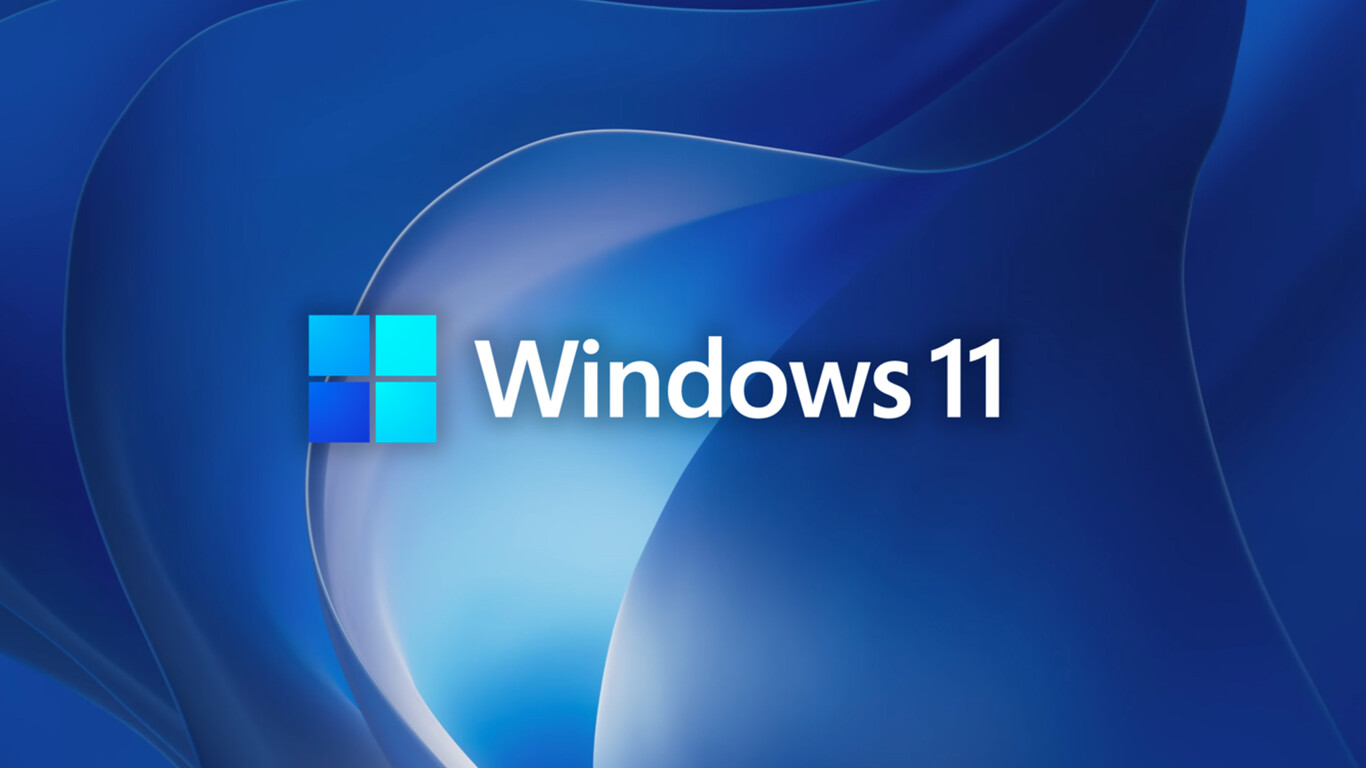
Broader Implications and User Recommendations
The broader implications of these vulnerabilities are significant, impacting not just individual users but entire organizations. With each passing update, the complexities of maintaining system security grow, emphasizing the importance of regular system updates and vigilance.
For users unable to update their systems promptly, particularly those using applications like Voicemeeter that have compatibility issues with the latest Windows 11 update, the recommendation is clear: do not force an installation. Microsoft advises waiting until compatibility issues are resolved to prevent exacerbating potential vulnerabilities with system crashes or other severe issues.
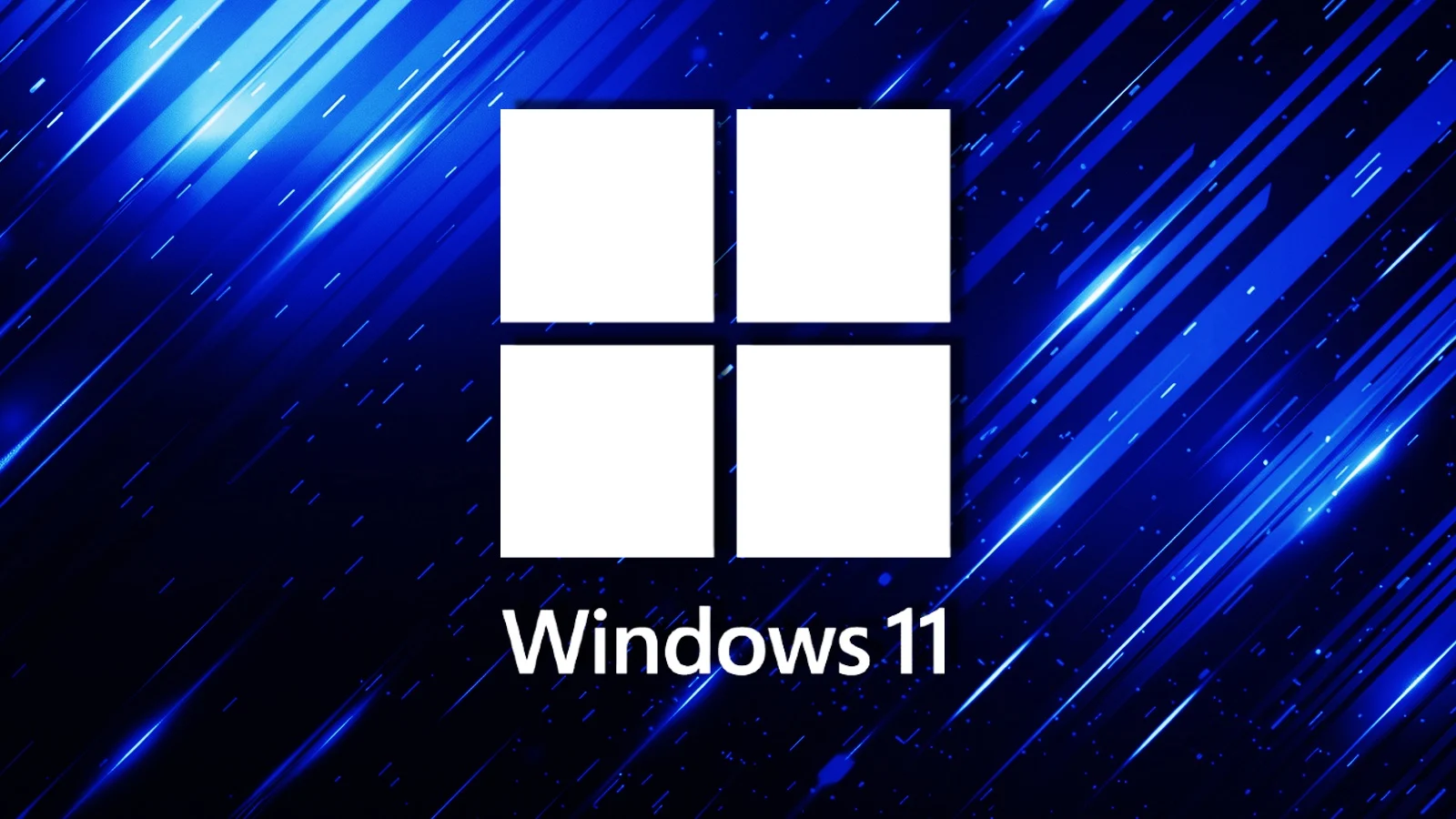
In conclusion, as the digital threat landscape evolves, so too must our vigilance and commitment to cybersecurity. For Windows users, this means adhering closely to updated schedules, staying informed about potential vulnerabilities, and ensuring that all systems are as secure as possible against the ever-present threat of cyber attacks.

